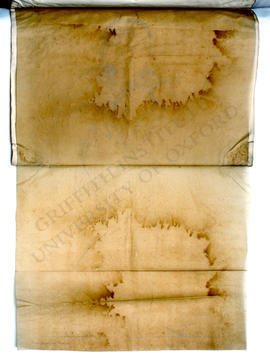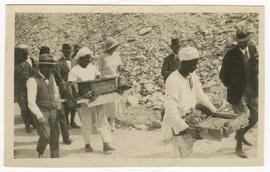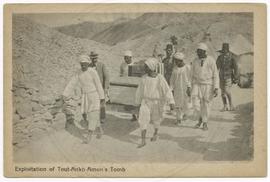Thebes, Deir el-Medina, tomb of Kha (TT 8), female lutist
- Lloyd MSS 143
- Item
- 19 July 1843
Parte de George Lloyd Album
Female lute player, detail from a scene with female musicians performing for guests at a banquet in the tomb of Kha (TT 8), temp. Amenhotep II, Tuthmosis IV and Amenhotep III, at Deir el-Medina in Thebes:
- pencil tracing with right edge folded in twice [right side of album page]
- 41.8 x 66 cm
- [on recto of tracing] 'Woman playing and dancing. / 19th (or perhaps 10th) July 1843 [lower part of date lost]' (pencil note)
- [on verso of tracing] '9' (pencil note)






![Transporting Tutankhamun's "mannequin" [2]](/uploads/r/null/8/2/5/825a3eeafc9c1e4a5f477f9c720942de50142fe3a69b90777a088ba6f36dbcd8/TAA_ii_6_81bwm_142.jpg)



